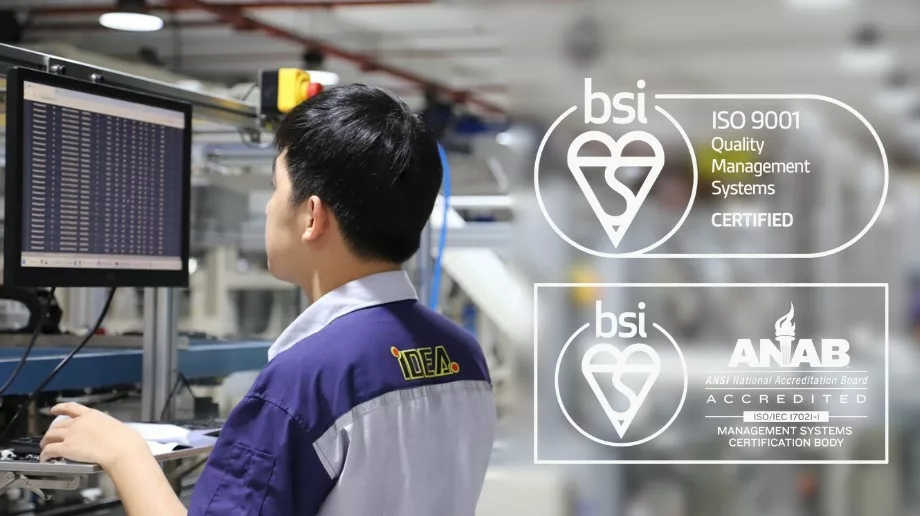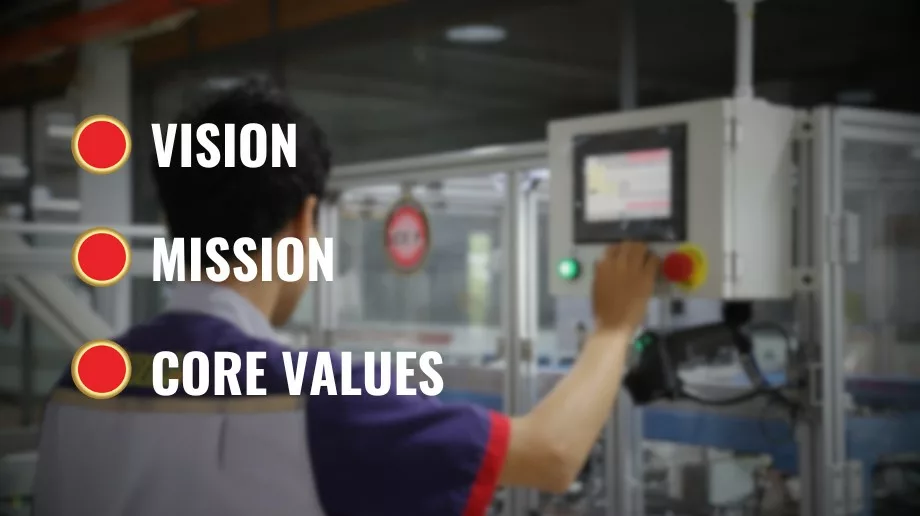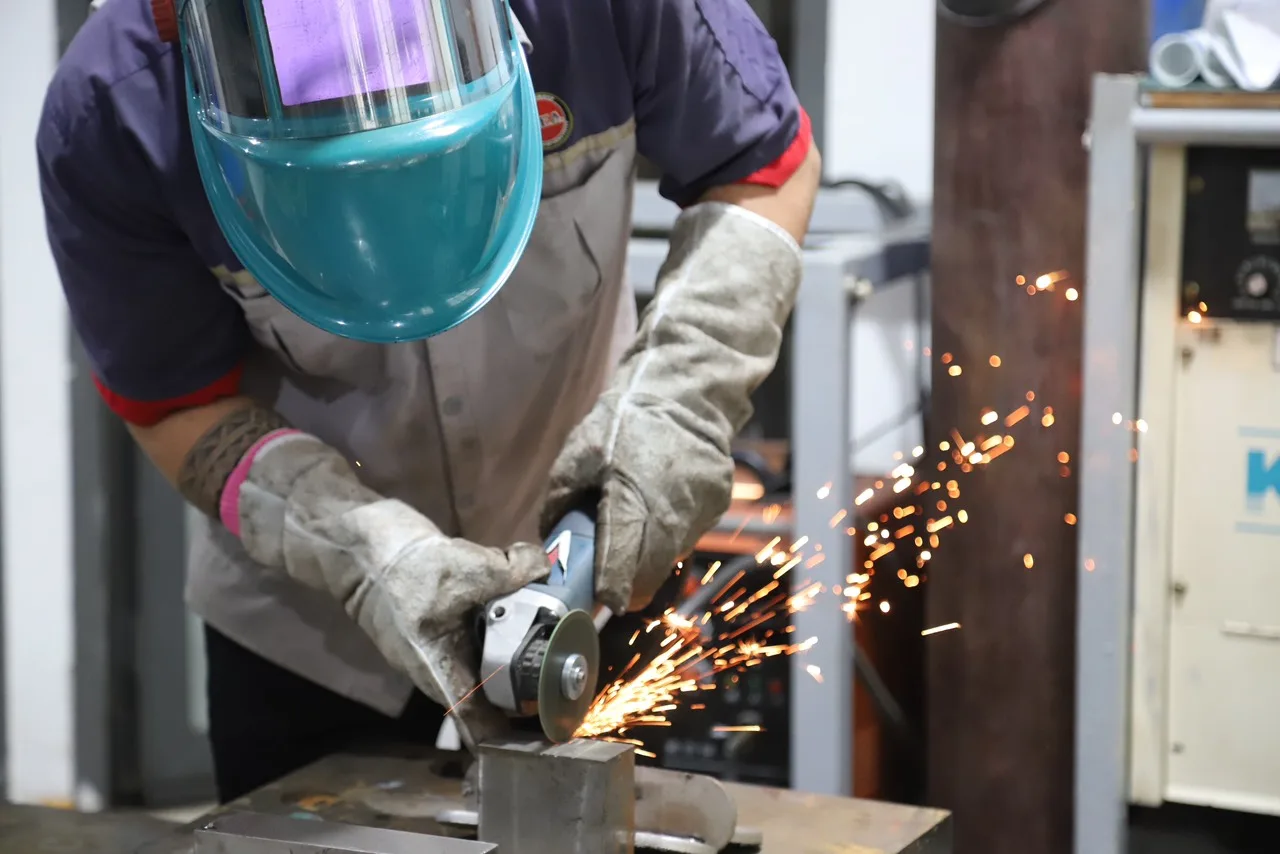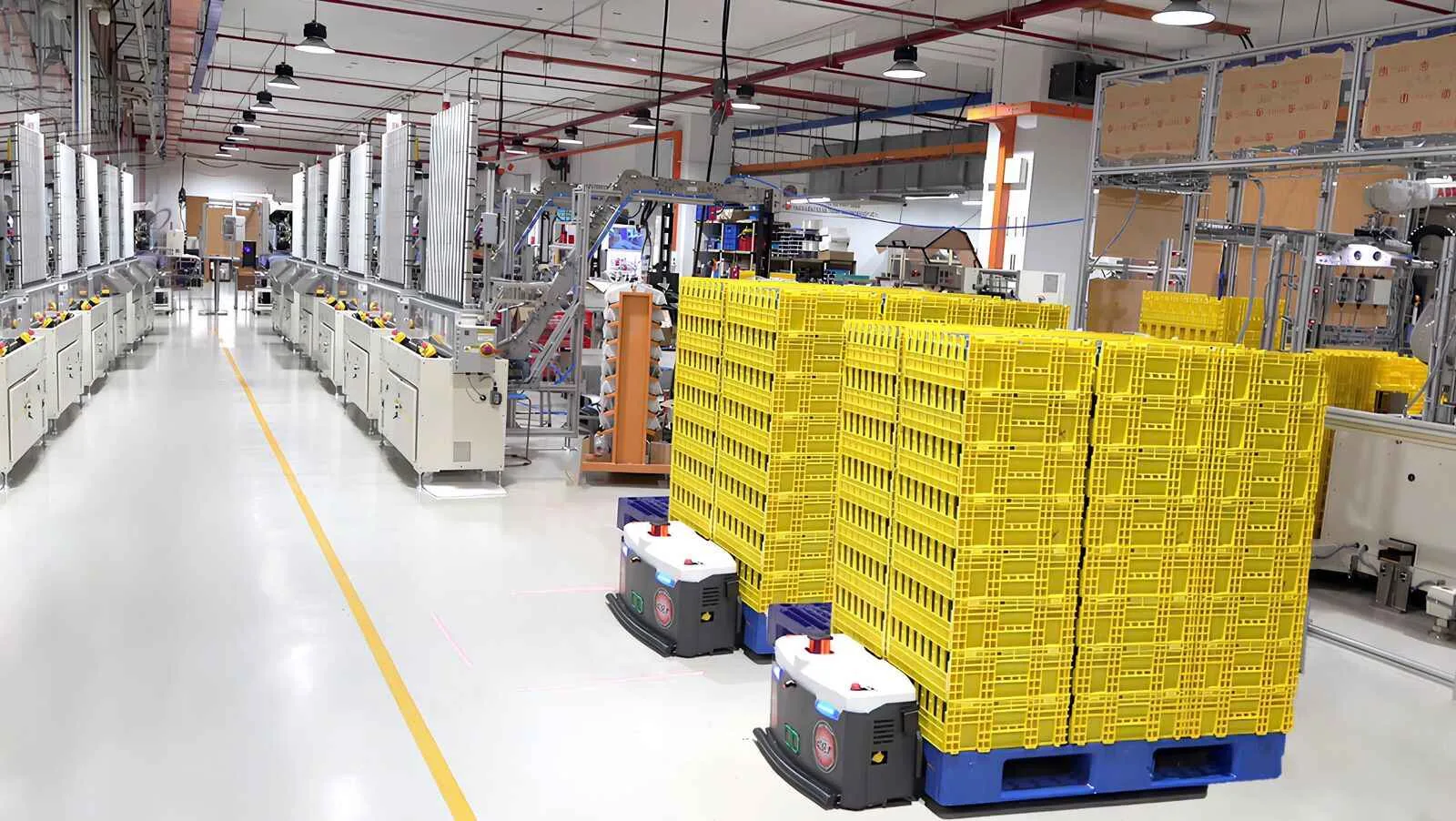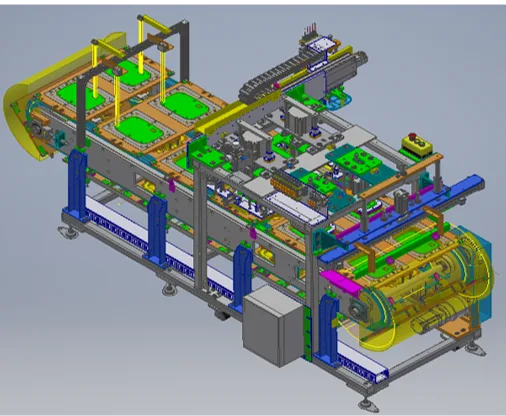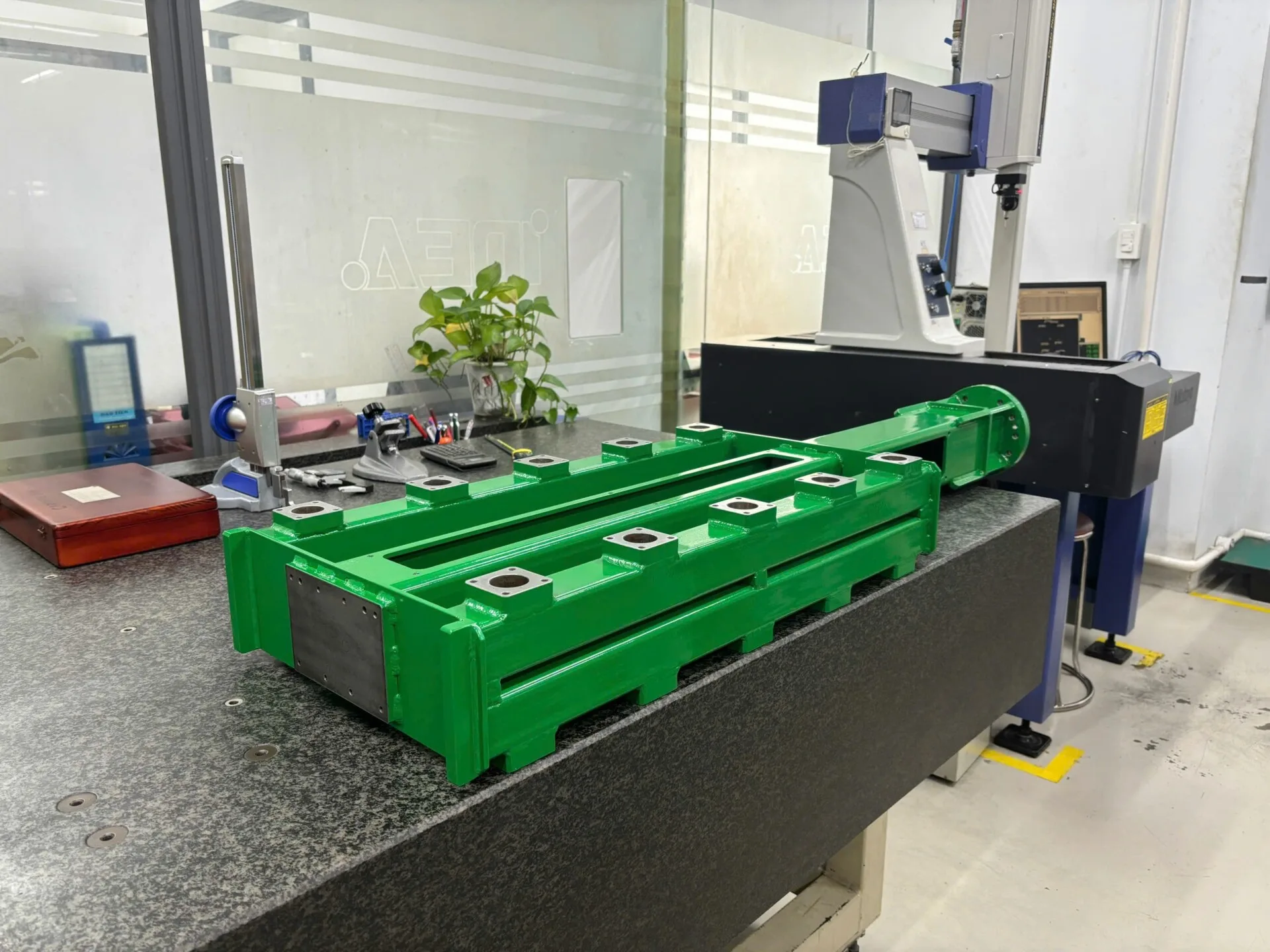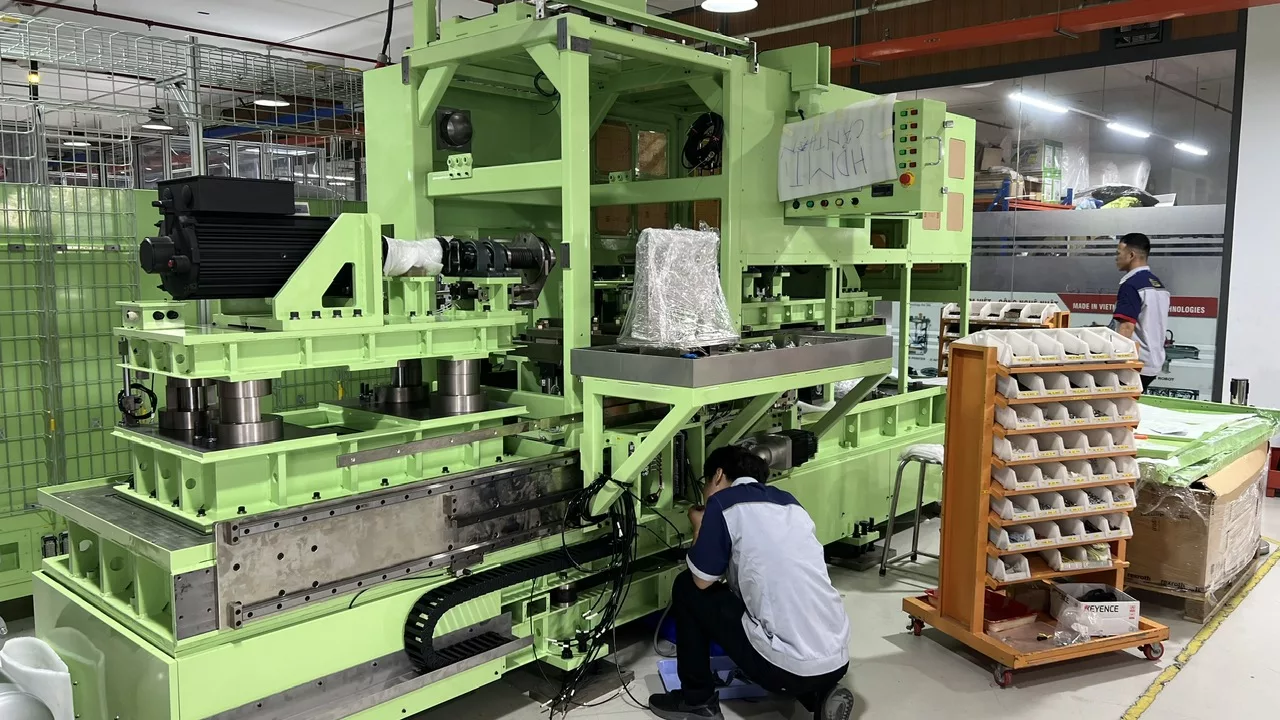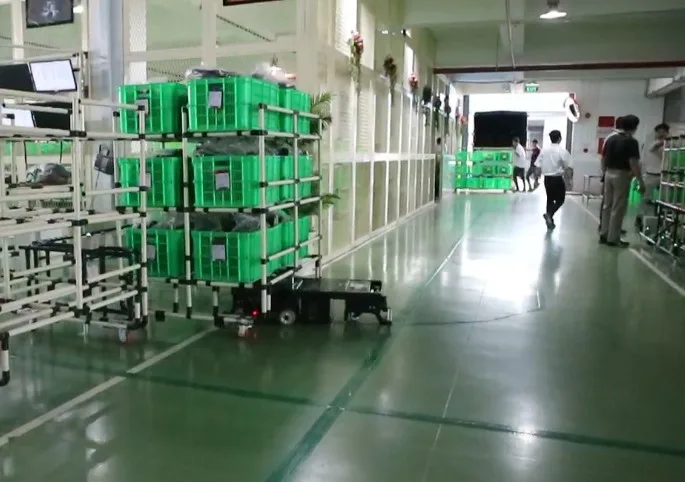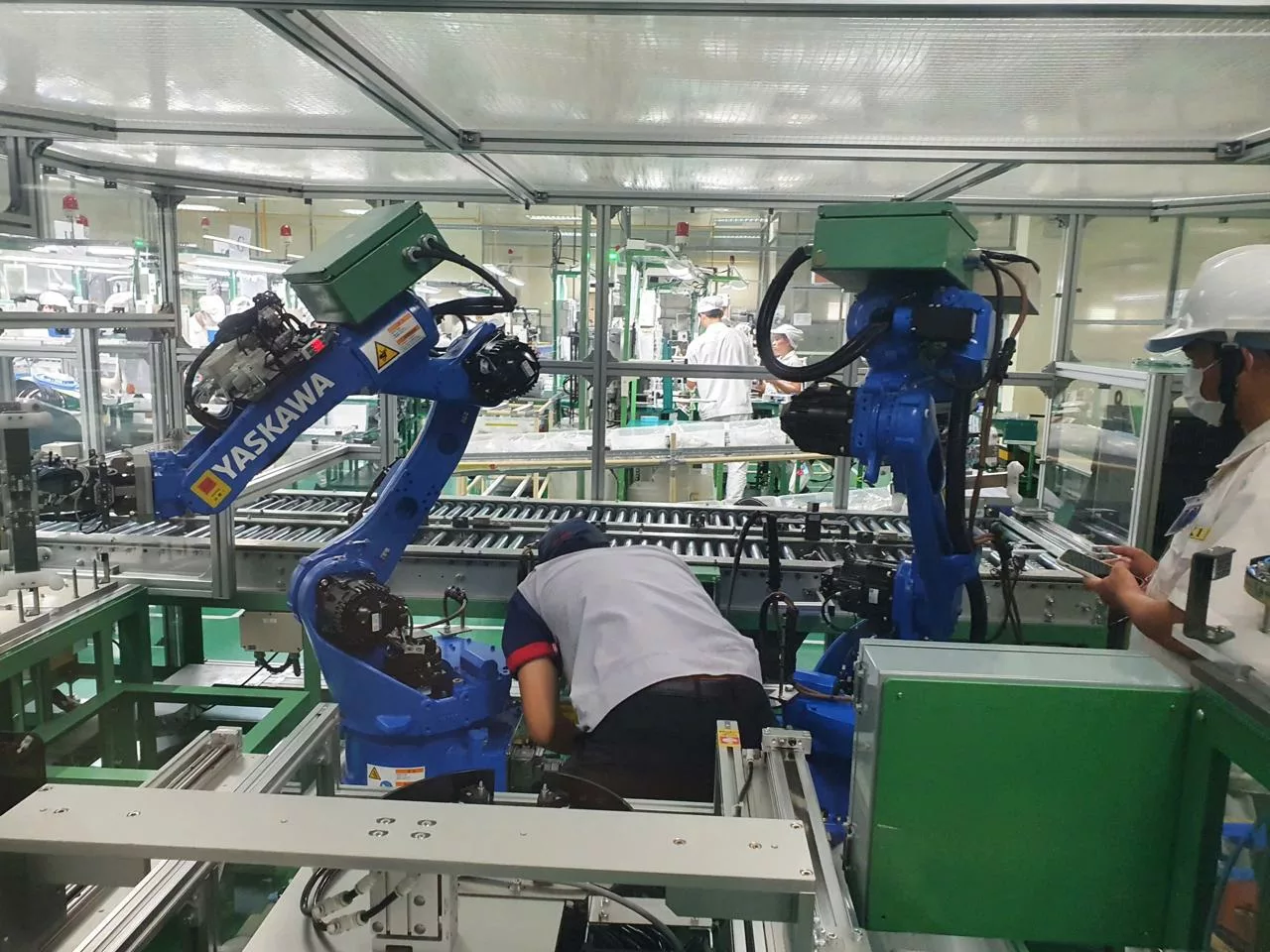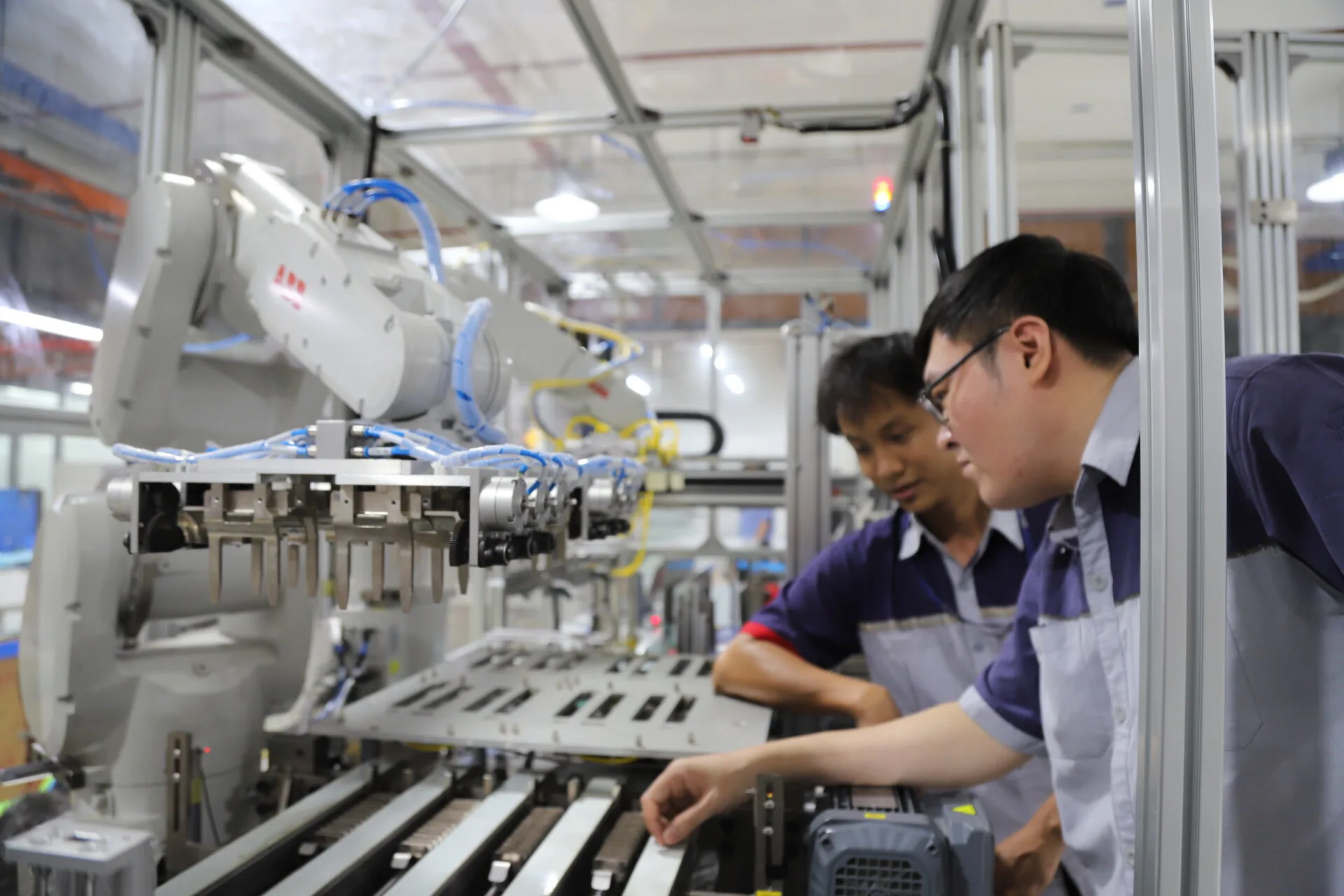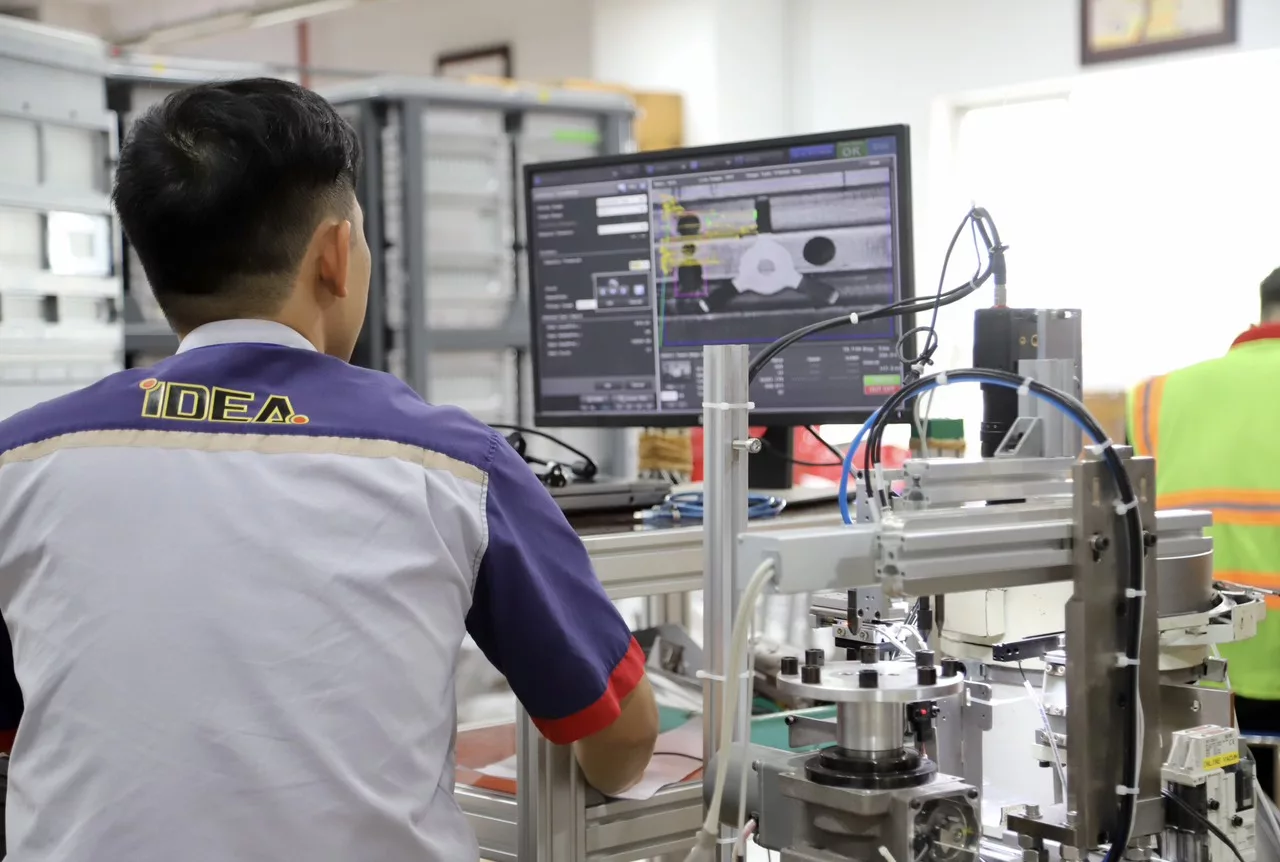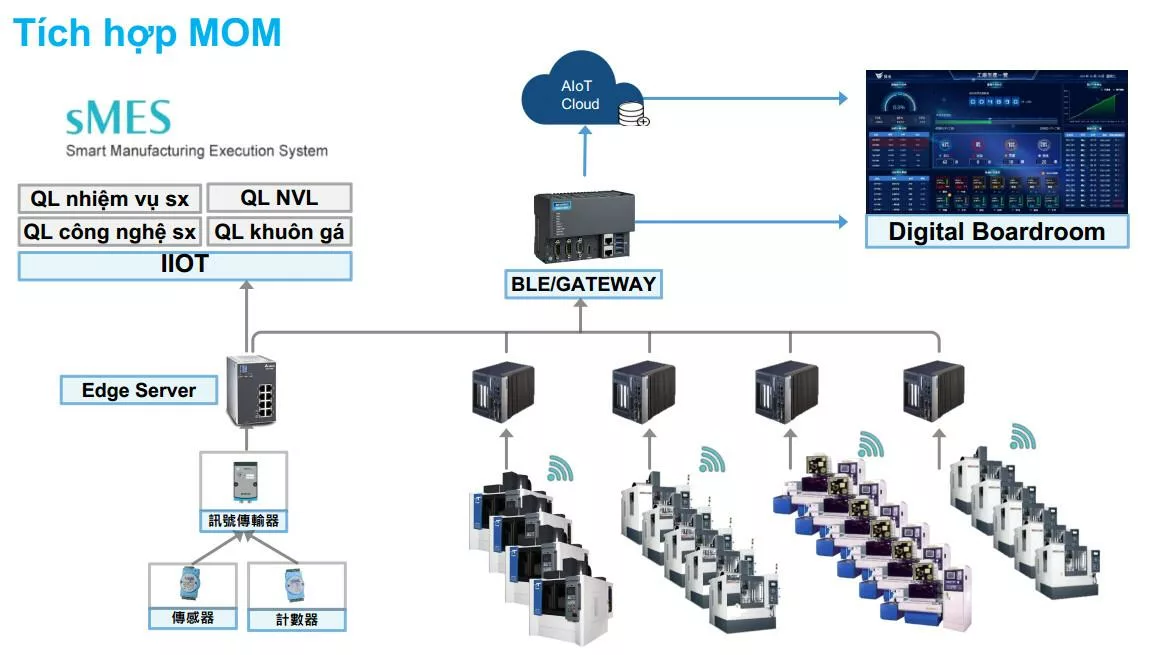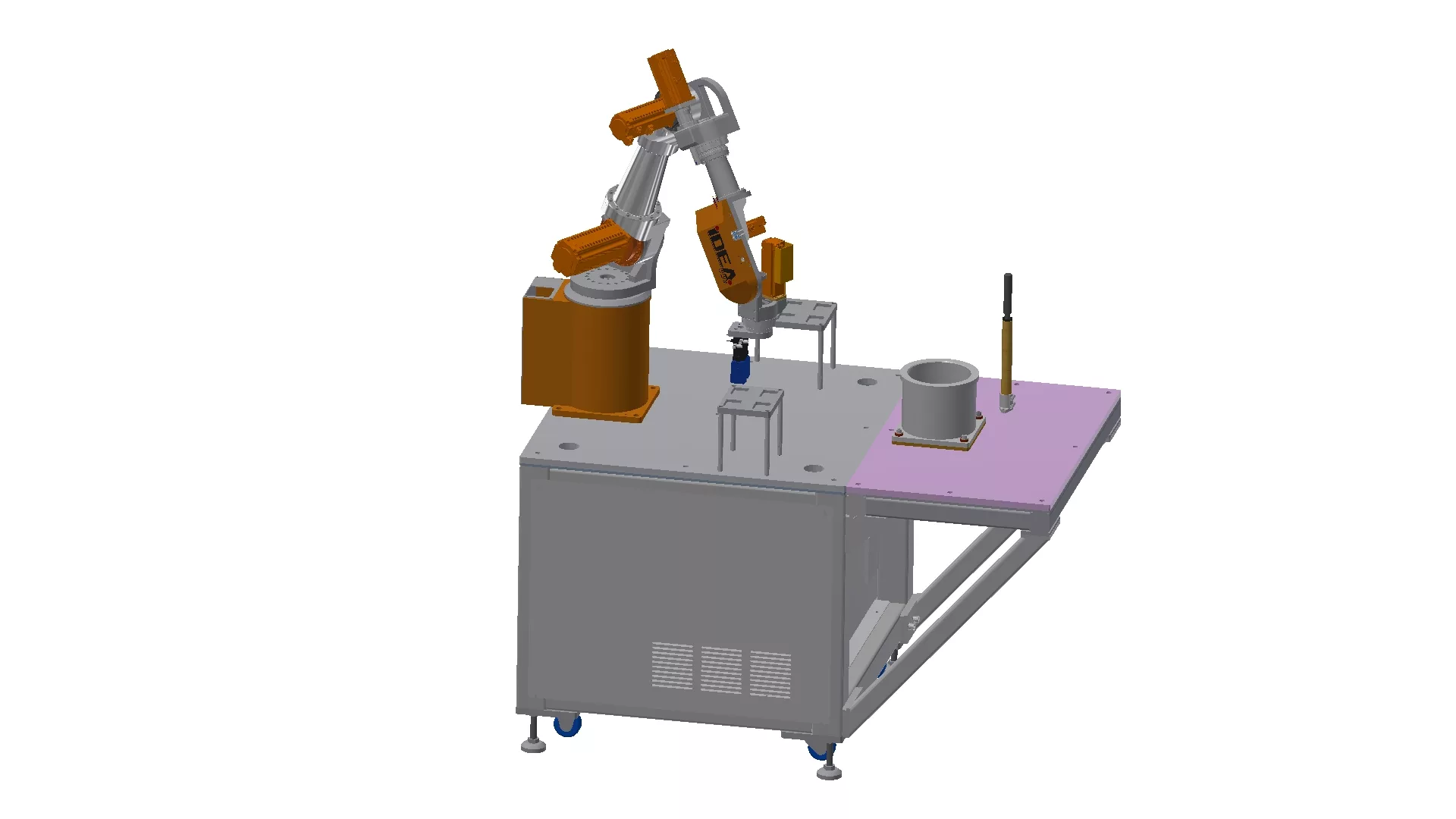In the field of precision machining, ensuring accuracy, speed, and repeatability in production is a key factor in maintaining quality and efficiency. So, what is a jig in this context? A jig—also known as a machining fixture—is an essential tool that helps position workpieces precisely, guide cutting tools, minimize errors, and boost productivity. Thanks to jigs, machining operations become faster, more accurate, and more consistent, especially in mass production environments.
This article provides a comprehensive overview of jigs: from their definition, structure, and classification to practical applications and design criteria.
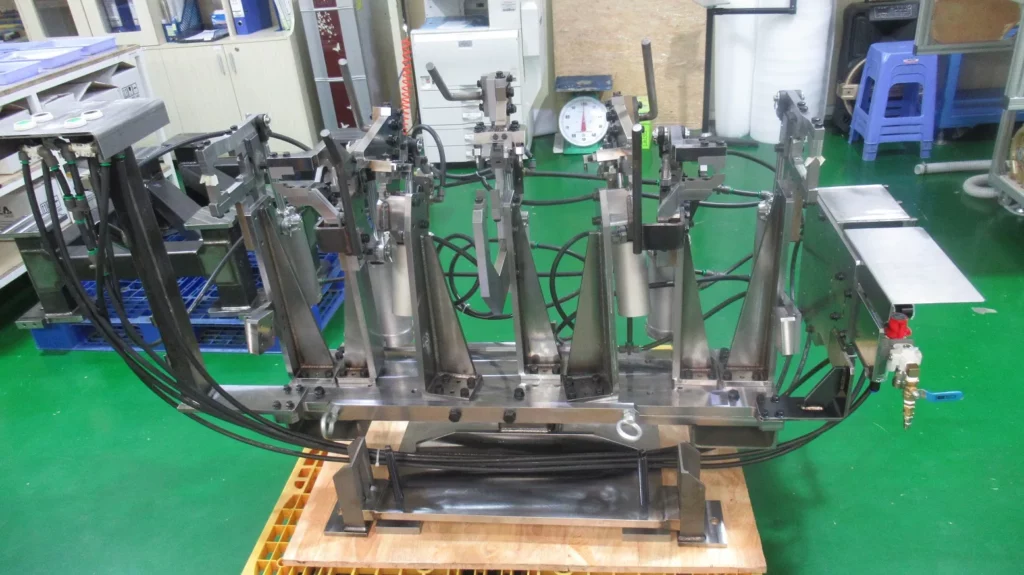
What Is a Jig?
A jig is a specialized type of fixture used in mechanical machining, designed to:
- Precisely position the workpiece
- Guide cutting tools such as drill bits or milling cutters
- Secure the workpiece during the machining process
Jigs are commonly used in operations such as drilling, milling, welding, inspection, and assembly. With jigs, operators can perform tasks quickly and accurately without repeated manual alignment.
Example: In mass drilling of holes on a metal part, using a drill jig ensures that all holes are positioned correctly, sized accurately, and perpendicular to the surface.
Jig and Fixture: What’s the Difference?
Although both jigs and fixtures are work-holding devices, they differ significantly in function:
| CRITERIA | JIG | FIXTURE |
|---|---|---|
| Tool guidance | Yes | No |
| Workpiece positioning | Yes | Yes |
| Flexibility | Higher | Typically fixed |
| Common applications | Drilling, inspection, welding | Milling, turning, grinding |
Jigs are ideal for operations that require tool guidance, such as drilling, dimensional inspection, and precision welding. Fixtures are better suited for high-force machining processes like milling or turning.
.png)
Primary Components of the JIG
A basic jig typically includes the following components:
- Jig body: The main frame, usually made of alloy steel or aluminum to ensure rigidity and appropriate weight
- Locating pins: Used to accurately position the workpiece, often cylindrical or tapered
- Clamping mechanism: Can be mechanical, pneumatic, or hydraulic, used to hold the workpiece securely
- Tool guiding system: Guides the cutting tool, such as drill bushings or sliding tracks
- Handles or quick-release mechanisms: Facilitate fast operation and improve efficiency
Depending on technical requirements, jigs may be simple or integrated with automation features like sensors or PLC-controlled systems.
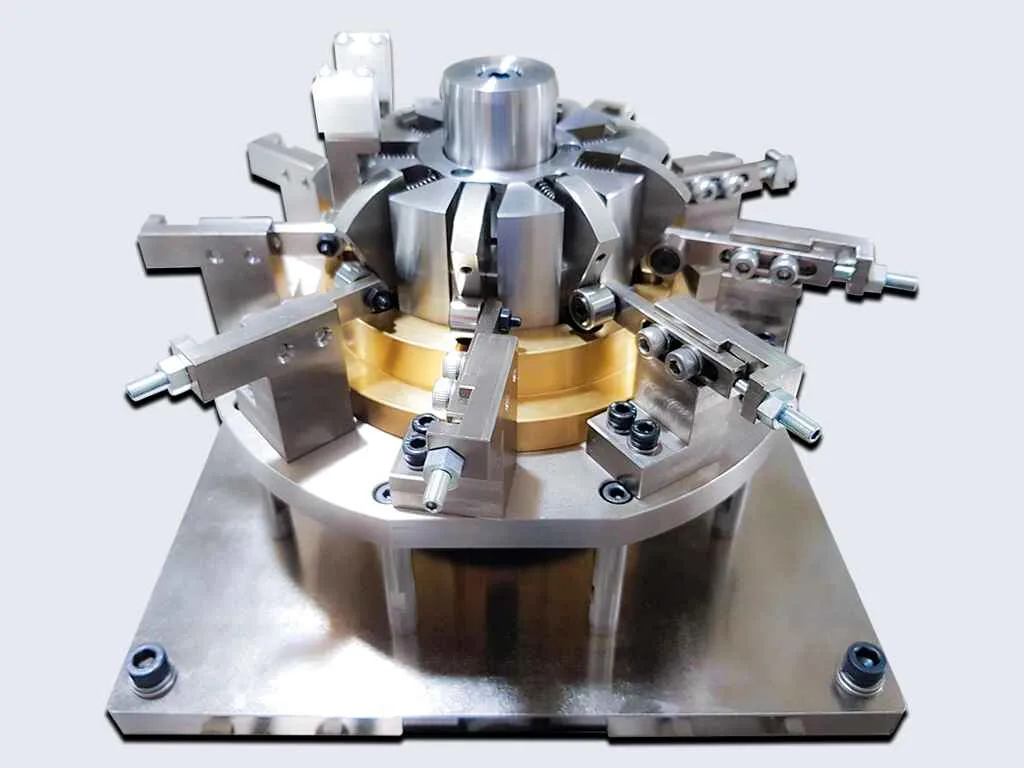
The Role of Jigs in Machining
Jigs play a vital role in improving production quality and efficiency:
- Ensure accuracy: Precisely position the workpiece, reducing errors from manual handling
- Increase production speed: Minimize setup time and accelerate operations, ideal for mass production
- Maintain repeatability: Ensure consistent quality across multiple parts
- Reduce reliance on operator skill: Easy to use, less prone to human error, suitable for industrial environments
- Optimize workflow: Shorten cycle times, boost productivity, and lower production costs
Example: In electronics manufacturing, inspection jigs help quickly detect dimensional or assembly errors without manual measurement.
Practical Applications of Jigs
Jigs are widely used across various industries:
- Automotive: Welding jigs for car frames, assembly jigs for electrical systems, inspection jigs for engine components
- Electronics: PCB inspection jigs, functional testing jigs, assembly jigs for small components
- Aerospace: Assembly jigs for aircraft wings, inspection jigs for curvature and composite accuracy
- Machinery manufacturing: Precision drilling jigs, milling jigs for grooves, jigs for checking shaft alignment
Key Design Criteria for Effective Jigs
When designing a jig, the following factors should be considered:
- High rigidity: Materials must withstand machining forces without deformation
- Ease of use: Simple design for fast and intuitive operation
- Flexibility: Adjustable to accommodate different part sizes and shapes
- Easy maintenance: Components should be easy to disassemble, clean, and service
- Process compatibility: The jig must align with specific machines, operations, and product requirements
Additionally, cost-effectiveness, durability, and potential integration with automation systems should be evaluated.
Benefits of Using Jigs
Implementing jigs offers several practical advantages:
- Boost productivity: Reduce operation time and increase daily output
- Enhance precision: Ensure products meet technical specifications and reduce defect rates
- Lower labor costs: Less dependence on skilled labor, easier training for new workers
- Extend tool life: Guided tools experience less wear and tear
- Simplify quality control: Easier inspection, evaluation, and process improvement
Conclusion
Jigs are indispensable tools in precision machining. Understanding their definition, structure, applications, and design principles enables manufacturers to optimize production processes, improve product quality, and reduce operational costs.
If you’re seeking professional jig design solutions, consult with experienced mechanical engineers to develop and implement systems tailored to your production needs.



